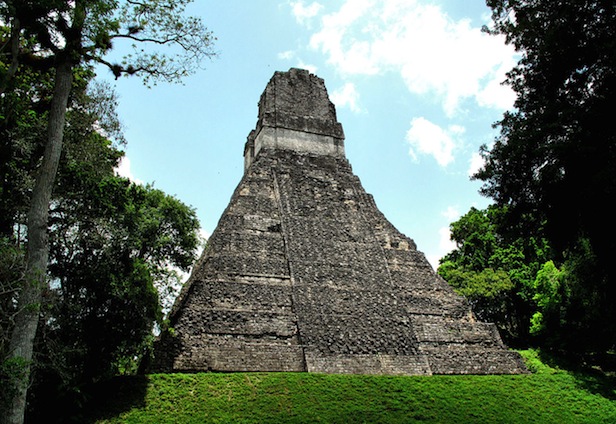Position: Medicine men
Main skills: Diagnosis of illness, extensive knowledge of medicinal plants
Training: Native healers had a long apprenticeship where they expanded their knowledge, practised their skills and underwent spiritual preparation under the supervision of wise elders.
Medicine men or ah-men were responsible for curing patients of illnesses and afflictions. The healer would first find out details about the person’s life, similar to a modern-day therapy session, then prescribe a remedy based on his findings. Medicine men also led ritual ceremonies, using their knowledge of divination to determine the best day to hold the ceremony.
Position: Ruler
Main skills: Leadership, military prowess, bloodletting
Training: Mayan rulers were succeeded by their children and when there was no heir, war and bloodshed often ensued until a new ruler was established.
Rulers in Mayan society comprised of kings and queens and it was their responsibility to lead the military. The ruler would carry out raids against rivals to establish their supremacy. Mayan rulers achieved godlike status and created monuments to demonstrate their power, such as temples or step pyramids.
Position: Priest
Main skills: Writing, the act of sacrifice, spiritual knowledge
Training: Priests were usually sons of priests or second sons of nobles. Priests in training would serve as apprentices to elder priests.
The priestly occupation had a hierarchy with different levels of priests performing different duties. The high priest would write books and serve as advisor, the town priest would conduct rituals, make sacrifices to the gods and administer the sacraments, while prophet priests would give oracles with the help of mind-altering substances. The priests who carried out human sacrifices actually had a relatively low status.

